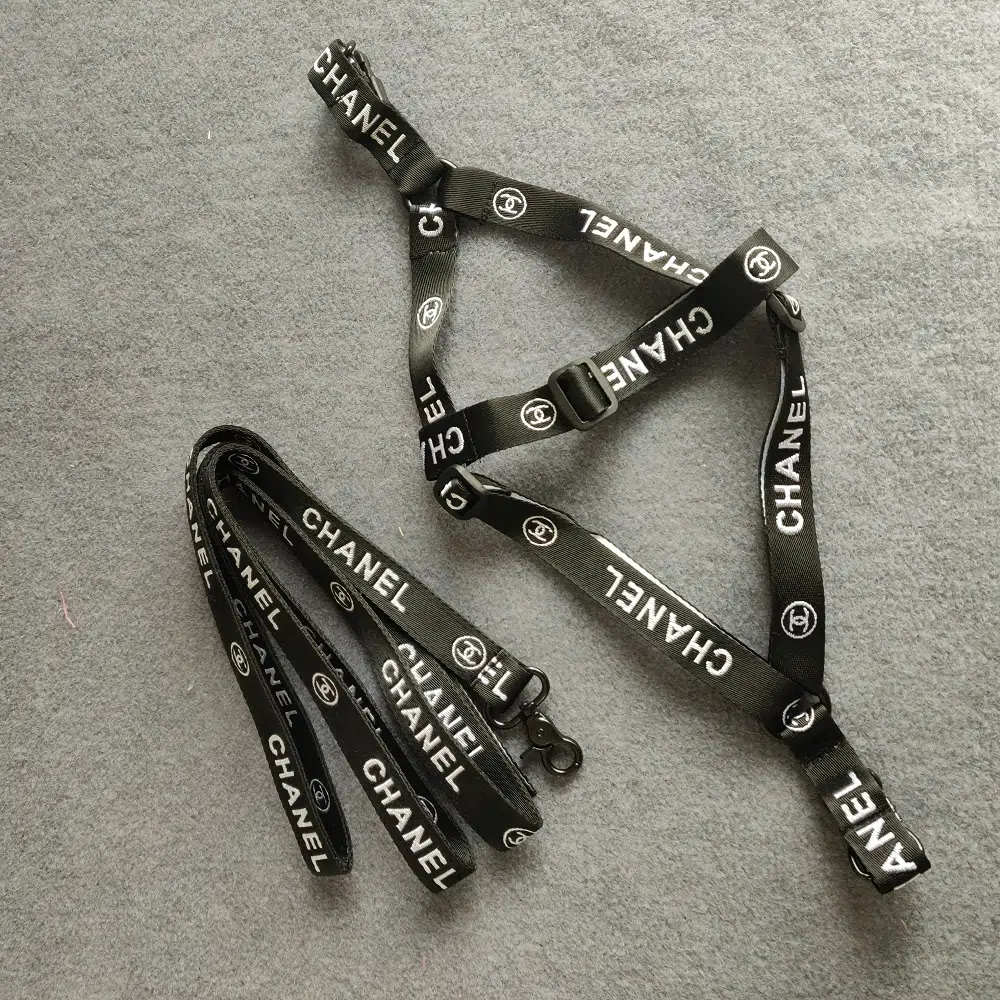The Drawbacks of Collar-Based Dog Walking Tools
Concentrated Pressure on the Neck and Throat
Health Issues Caused by Neck Pressure
Aggravation of Behavioral Problems
The Safety and Comfort of Using Harnesses
Even Distribution of Force on the Body
Suitable for Dogs of Various Body Types and Conditions
Choosing the Right Type of Harness
Back-Clip Harness for Easy Walking and Exploration
Accommodating Different Body Types
Regular Inspection of Harness Fit
Front-Clip Harness for Dogs with Pulling or Reactive Behavior
Importance of Proper Sizing and Adjustments
Introduction: When it comes to walking our furry friends, the question arises: Should dogs wear harnesses instead of traditional collars? In this blog post, we will explore the advantages of using harnesses and why they might be a better choice for our canine companions.
The Drawbacks of Collar-Based Dog Walking Tools
Collar-based tools such as collars, slip collars, martingale collars, and prong collars have long been the go-to choice for many dog owners. However, these tools have their drawbacks. They concentrate all the pressure on the dog’s neck and throat, subjecting them to short and forceful impacts. Whether it’s the dog’s excitement causing them to lunge forward or the sudden need for a quick stop, the neck and throat bear the brunt of the pressure. This can lead to long-term health issues such as pain, breathing difficulties, muscle strain, increased eye pressure, and even damage to the nervous system and thyroid function. Moreover, improper use of these tools, such as associating the collar with pain and triggering aggressive behavior towards other dogs, can exacerbate behavioral problems.
The Safety and Comfort of Using Harnesses
Using harnesses can provide a safer and more comfortable walking experience for dogs. Harnesses distribute the force evenly across the dog’s body, making them a suitable choice for dogs of various body types and conditions, including those with behavioral issues. The most common type of harness is the back-clip harness, which allows dogs to walk more freely and explore their surroundings with ease. However, if a dog tends to pull, lunge, or get startled and retreat, a front-clip harness is recommended. By attaching the leash at the front of the chest, owners have better control over their dogs in such situations.
Regardless of the type of harness chosen, proper sizing is crucial. Dogs come in different shapes and sizes, with variations in chest width, body length, leg length, and more. Therefore, adjustable harnesses that can accommodate different body types are more suitable. It’s essential to remember to check the fit of the harness before every outing to ensure it is neither too loose nor too tight.
Conclusion: In conclusion, the drawbacks of collar-based dog walking tools highlight the importance of considering harnesses as a safer and more comfortable alternative. Harnesses distribute the force evenly, reducing the risk of neck and throat injuries. Whether it’s a back-clip or front-clip harness, choosing the right type and ensuring proper adjustments are key. So, the next time you take your beloved dog for a walk, consider using a harness to provide them with a safe and enjoyable experience.
Inserting related keywords: dog harness no pull, dog harness with handle, large dog harness, dog harness vest, no pull dog harness, dog harness to stop pulling, easy walk harness, types of dog harnesses, most comfortable dog harness.



